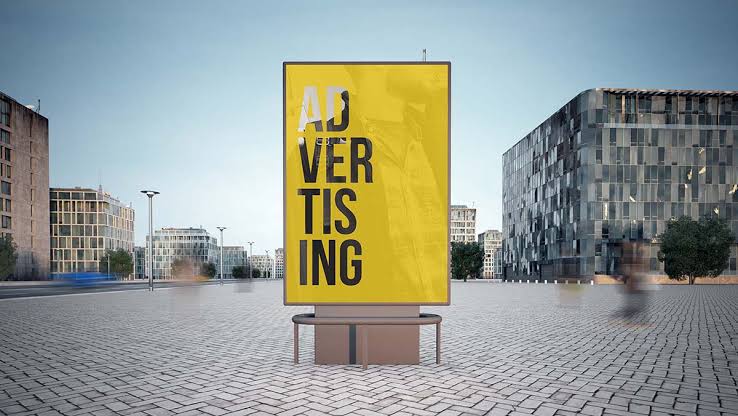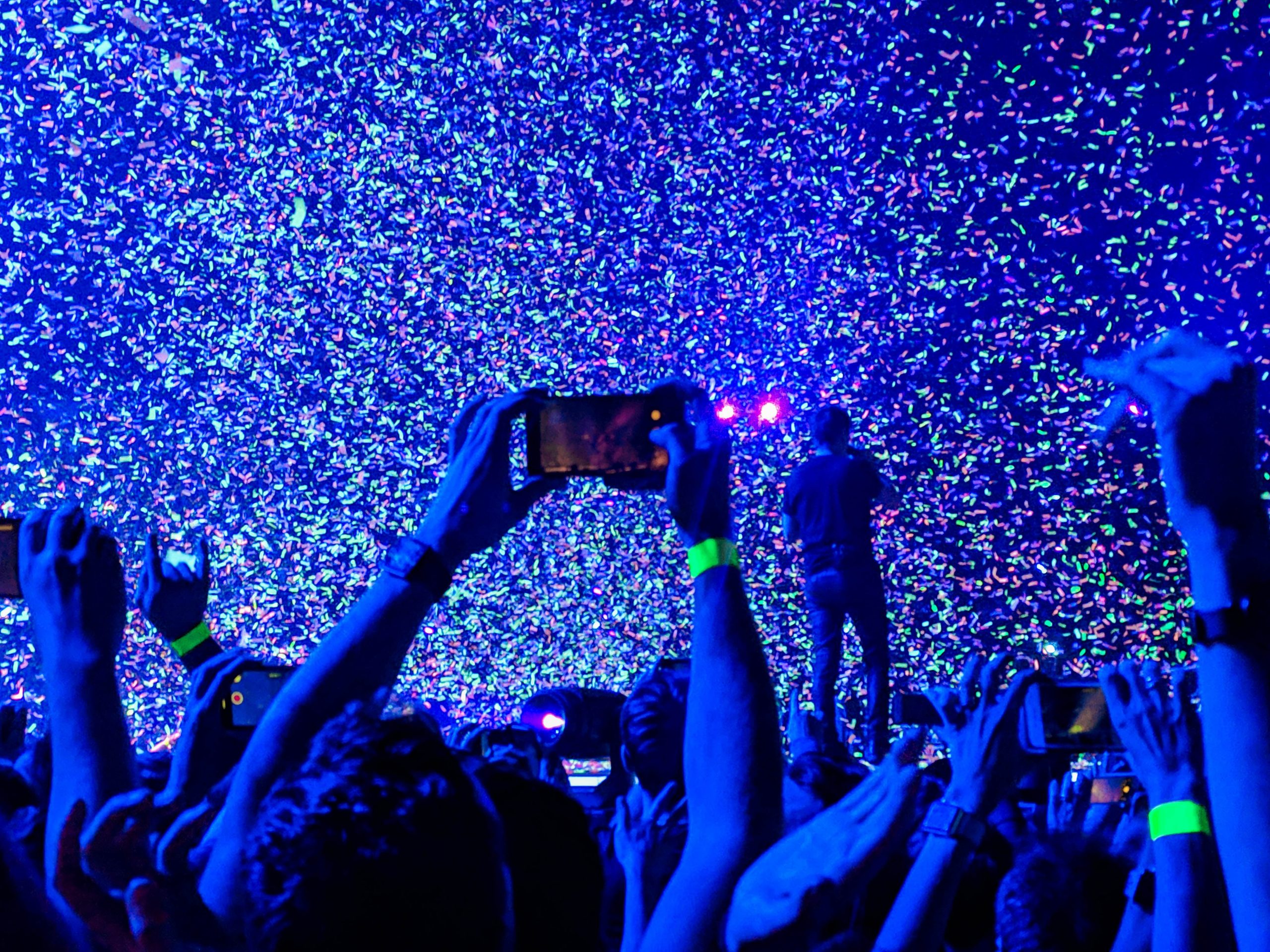By Henrietta Igbekea
Out-of-Home advertising has come a long way from the static billboards and paper posters to the tech-savvy and effective channel of advertising it has become for businesses both small and large.
OOH as it is called, has witnessed major growth in the last few years and will continue to expand due to the introduction of digital technology which encourages businesses to add more creativity and boldness into their adverts.
In the past, changing a billboard was a laborious and tiresome job. To place a billboard in the first place required so much time and a lot of money and once it is placed, you are stuck with what is up there for the proposed duration. But now that digital has been introduced into the mix and is easily accessible, the possibilities for advertising have increased dramatically. Billboards are now interactive and constantly changing with the ability to showcase more than one advert at a time.
The OOH of the future tilts towards the incorporation and use of technology and as technology keeps advancing, businesses will need to seek new means to reach out to their existing and potential customersto increase their brand awareness even with traditional advertising medium of television, radio,and newspaper still around. As the marketing world evolves, so does customers reaction to adverts.Customers now have more control over the adverts they see, and this innovation is largely aided by some technology companies.
Samsung for instance has ceased advertisement showcase on default apps (S21 Ultra) and now has a detailed guide on how to remove and block pop-up ads. I will say, companies that wish to stay quick-moving in OOH advertising need to embrace the improvement and innovation digital technology incorporation has brought.
As the OOH industry increasingly becomes an important part of many companies marketing strategy, and as the chance of advert placement increases, new technologies are incorporated into OOH advertising to further enhance its attraction to businesses and brands.
There is the digital out-of-home (DOOH) with digital screens that allows both the marketer and media planners to use programmatic OOH to change ad messaging for more relevance. With this smart billboard, displaying fresh content can be automated and done in seconds. You can also update your advert to reflect the time of day, traffic situation or changes in the weather, at no production cost afterfirst investment. This technology can also let you deliver a more personalised message for your brand using the power of storytelling. And by strategically planning your ads by location and time, the customer is not seeing the same image over and over, rather they are following different parts of the story while they go about their business, ensuring they will remember who you are and how you can serve them.
And then there is the virtual reality technology used for experiential OOH. Experiential OOH focuses on creating remarkable and distinctive experiences to draw attention and sustain engagement with a brand.This technology is used to captivate the audience and give them the chance to meet with the brand ambassadors or even see the product in action.
By integrating OOH and technology seamlessly, the industry can expand its reach and maximise the impact of advert messages. And there is endless opportunity for creativity, context, and relevance when OOH is paired with technology, much of which could not be possible with static displays, and this is further expected to boost the OOH market growth.
As witnessed over time, there is never an advancement without challenges bedevilling it. And with OOH advertising, there are a few worth mentioning.
First is the issue of perception of the medium. Many advertisers and agencies think of OOH as a non-core, secondary and almost an afterthought medium of advertising. Planners, here, either neglect it or will not place it on the same level with other media during planning. They see OOH as supplementary to other media instead of the prominent medium it is.
Secondly is the issue of measurement. The accuracy of measuring reach, frequency, real-time exposure, and other effects is one of the difficult problemsfacing OOH advertising. The inability to connect OOH advertising investment and its impact on business or brand objective has contributed to the low attributions the medium gets. Unlike the digital and broadcast advertising medium where numbers could be provided for metrics such as reach, impressions and frequency, OOH platforms struggle in this regard. The difficulty in measuring the OOH medium makes it less desirable to use.
Lastly, is the cost. The amount of money involved in engaging OOH advertising is quite huge and this discourages a lot of brands. But what they fail to see is that it is worth every penny if the ads are well planned and placed.
In conclusion, with OOH reaching an enormous percent of its audience, and with a projection spend that will amount to $42.4 billion by end of 2024https://www.statista.com/statistics/273716/global-outdoor-advertising-expenditure/ , advertisers are increasingly reassessing their media strategies, and a visible shift in spend from other media into OOH is expected.







Comment
No comments found.